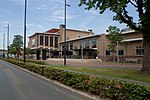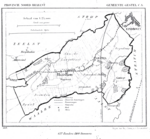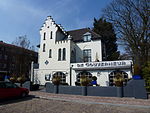High Tech Campus Eindhoven
EindhovenIndustrial parksPhilipsScience and technology in the Netherlands
The High Tech Campus Eindhoven is a high tech center and R&D ecosystem on the Southern edge of the Dutch city of Eindhoven. In 2016, the High Tech Campus is home to more than 140 companies and institutions, comprising over 10,000 product developers, researchers and entrepreneurs and an estimated 85 nationalities. The Financial Times, Fortune, Forbes and others have praised the High Tech Campus Eindhoven (HTCE) as one of the best locations in the world for high-tech venture development and startup activity. As such, the HTCE is an innovation district, a targeted area with a huge potential for innovation and entrepreneurship.
Excerpt from the Wikipedia article High Tech Campus Eindhoven (License: CC BY-SA 3.0, Authors).High Tech Campus Eindhoven
High Tech Campus, Eindhoven Gestel
Geographical coordinates (GPS) Address Nearby Places Show on map
Geographical coordinates (GPS)
| Latitude | Longitude |
|---|---|
| N 51.409722222222 ° | E 5.4544444444444 ° |
Address
HTC5
High Tech Campus
5656 AE Eindhoven, Gestel
North Brabant, Netherlands
Open on Google Maps










